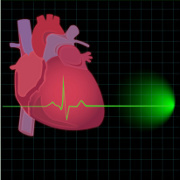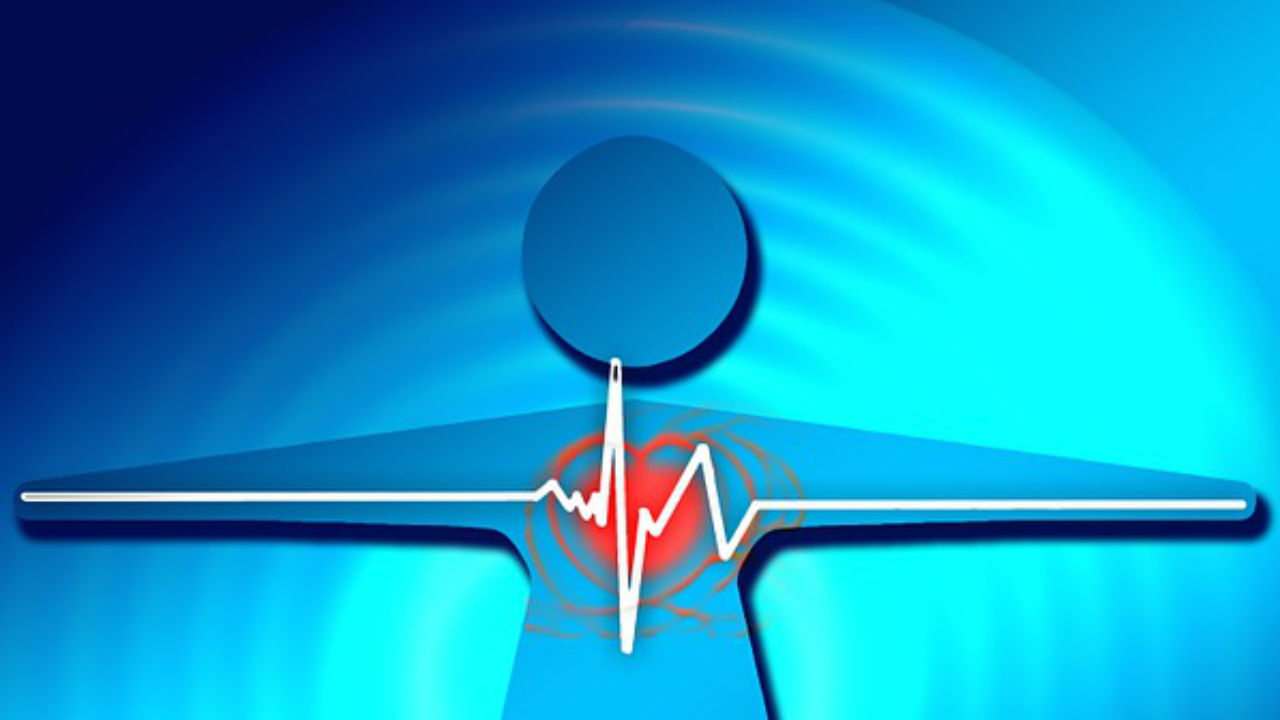I’ve often heard someone say that they had “angina” but have never really been clear on exactly what they meant. One friend in particular would shrug her shoulders when suffering from an angina attack and say, “Oh, it’s only angina.”
Because of her assertion that her chest pain was “only angina,” I’ve operated under the false presumption that angina is not a serious condition and that you really don’t need to worry about it too much. Actually, nothing could be farther from the truth.
What is Angina?
Angina is sometimes called angina pectoris, which is simply Latin for pain in the chest. Chest pain is not a normal state! Anytime you are experiencing chest pain, it should serve as a signal that something is wrong. While angina in and of itself is not a disease, it is your body's way of raising a flag and alerting you to the fact that there is a serious underlying problem and that you may have coronary artery disease.
What are the Symptoms of Angina?
The symptoms of angina are very similar to those of a heart or anxiety attack. Those suffering from angina will generally experience chest pain which is caused by a lack of blood flow to the heart. As with a heart attack, persons suffering from an angina attack often report feeling like someone is standing on their chest. The pain has also been described as a heaviness, tightness or squeezing type of pain in the chest area. In addition, you may also experience fatigue, nausea, dizziness, anxiety, sweating, or shortness of breath.
As with other heart related events, the symptoms of angina vary slightly for women. We are more apt to experience nausea, shortness of breath or even abdominal pain than a man. In addition, our chest pain may be more “stabbing, pulsating or sharp” as opposed to heaviness, tightness or pressure.
What are the Types of Angina?
While there are several types of angina, the two most common types are stable and unstable angina.
• Stable Angina. While this of angina may be triggered by stress, it is most often associated with some type of exertion or exercise. It is characterized by a persistent, reoccurring chest pain and lasts approximately 5 minutes. Stable angina generally goes away with rest or after taking angina medication. If you’ve had this type of angina in the past, then you can generally predict what types of activities will trigger a stable angina attack.
• Unstable Angina. Unlike stable angina, there does not seem to be a triggering event for an unstable angina attack. Unstable angina is different from stable angina in several ways: 1) the pain is more severe and often lasts as long as 30 minutes; 2) it may occur while at rest; 3) it’s a change from your “normal” angina patterns; and 4) it does not go away after resting or taking angina medication. This type of angina may be an advance warning to you that a heart attack is imminent. According to the Mayo Clinic, unstable angina is a MEDICAL EMERGENCY! Do not pass go – do not collect $200 – Go straight to the emergency room!
As indicated above, chest pain is NOT normal! Anytime you experience any type of chest pain, you should treat it seriously and find out the underlying cause. Since the symptoms of a heart attack and an angina attack are similar, it’s always better to err on the side of good health and seek medical attention as soon as possible.
Until next time, here’s wishing you a healthy heart.
(Disclaimer: I am not a physician and nothing in this article should be construed as giving medical advice. As with any medical decision, please consult your physician.)
Note: For more information on heart health related issues, please visit other “A Woman’s Heart” articles by this author.
Sources:
Mayo Clinic Staff, Angina, The Mayo Clinic, 25 Jun 2009, http://mayoclinic.com/health/angina/DS00994
What is Angina, US Department of Health and Human Services, National Heart Lung and Blood Institute, http://www.nhlbi.nih.gov/health/dci/Diseases/Angina/Angina_WhatIs.html






Add a Comment1 Comments
Treatment for Micro Vascular Angina can include several different approaches. The most effective treatment for this condition starts with changes in your lifestyle. These changes are essential for the other treatment steps to work successfully.
February 15, 2011 - 2:29amThis Comment